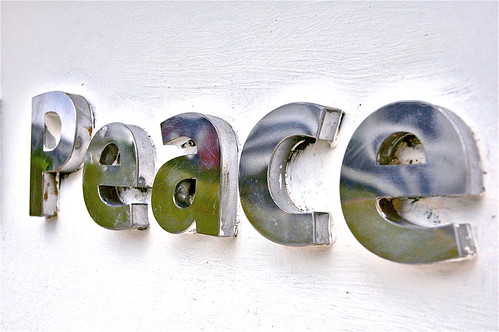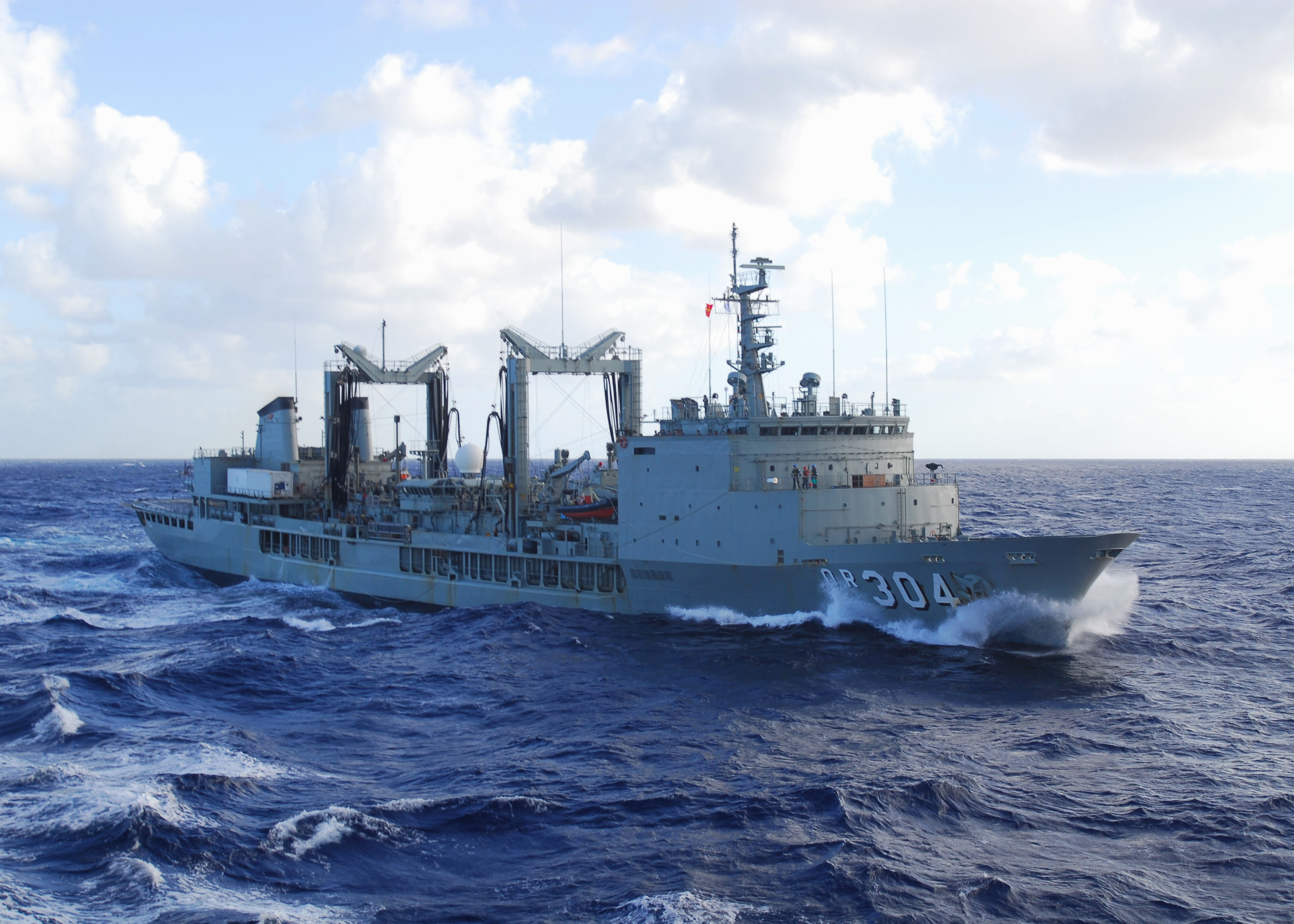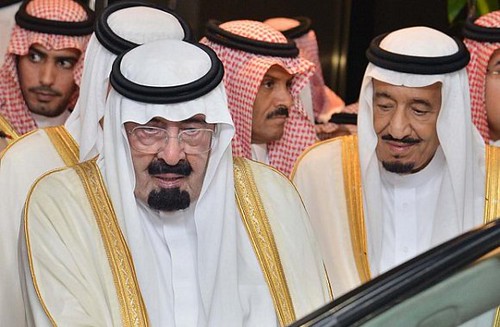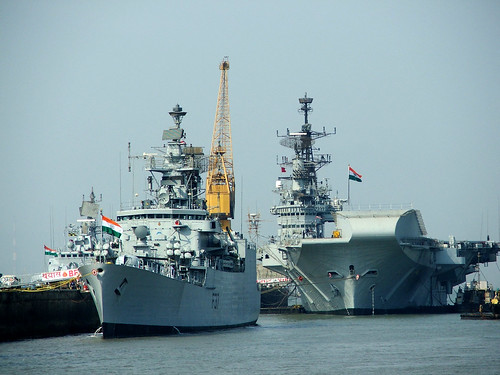
At the recent G20 meeting in Sydney, representatives committed to increase growth by more than $2 trillion over the next five years through the adoption of ambitious and comprehensive structural reforms. However, research just released by the Institute for Economics and Peace (IEP) suggests that while focussing on productivity and employment is vital for economic prosperity, so too are concerted efforts to increase peace.
The Global Costs of Violence Containment report provides one of the first estimates of the economic cost of violence and the fear of violence to the world economy. It finds that violence, and attempts to prevent and protect against it, cost the global economy upwards of US $9.46 trillion per annum or 11 per cent of Gross World Product.




